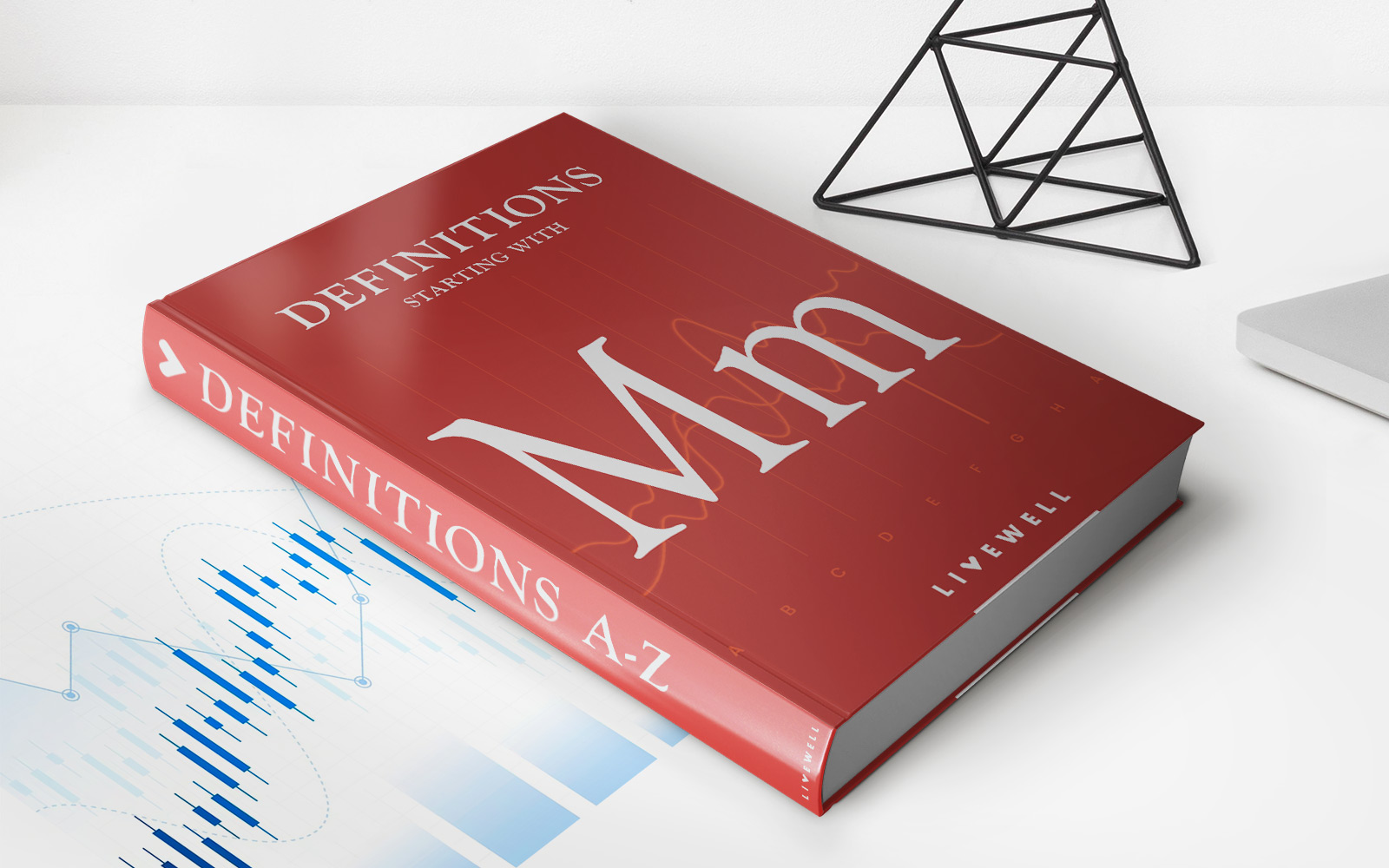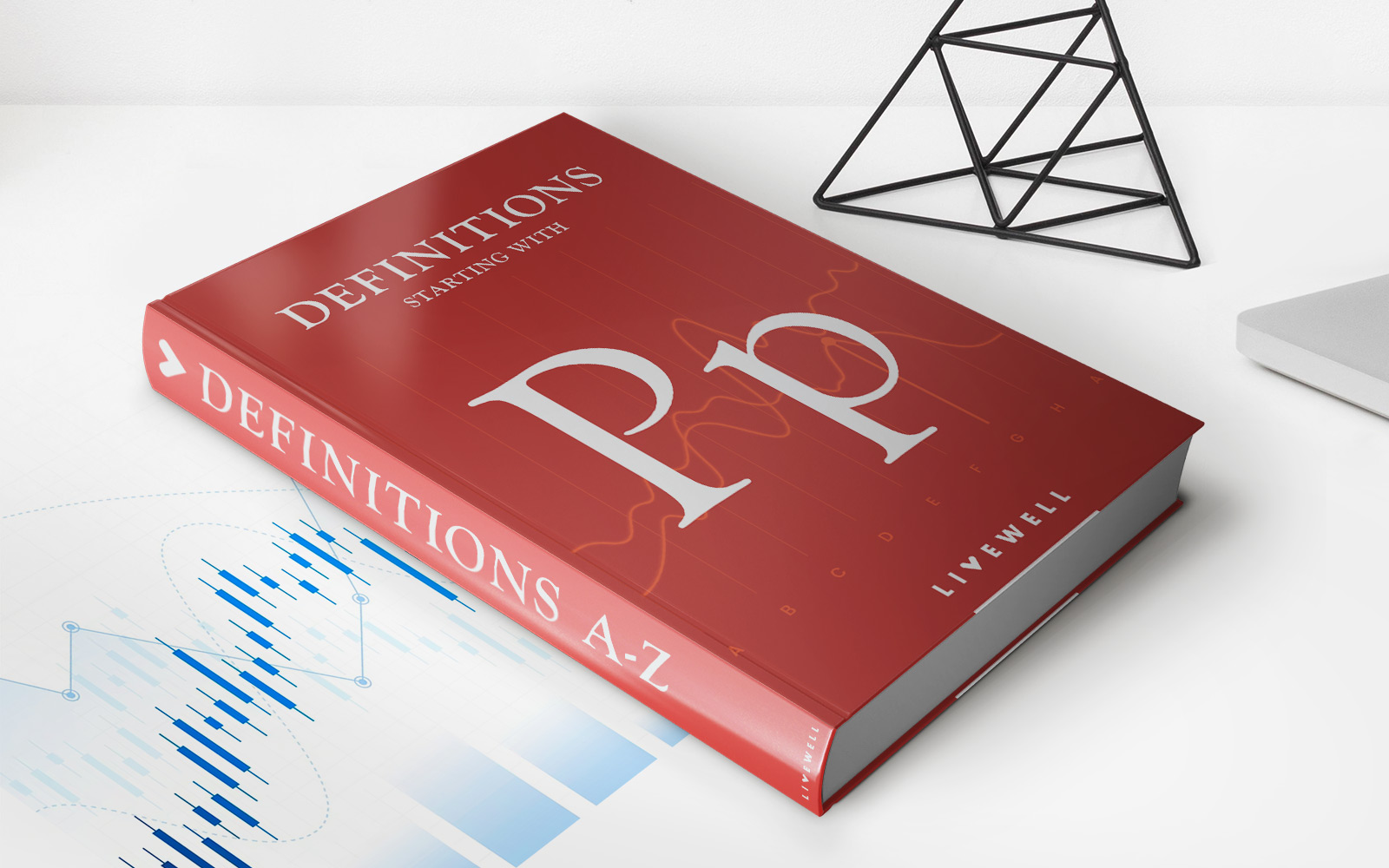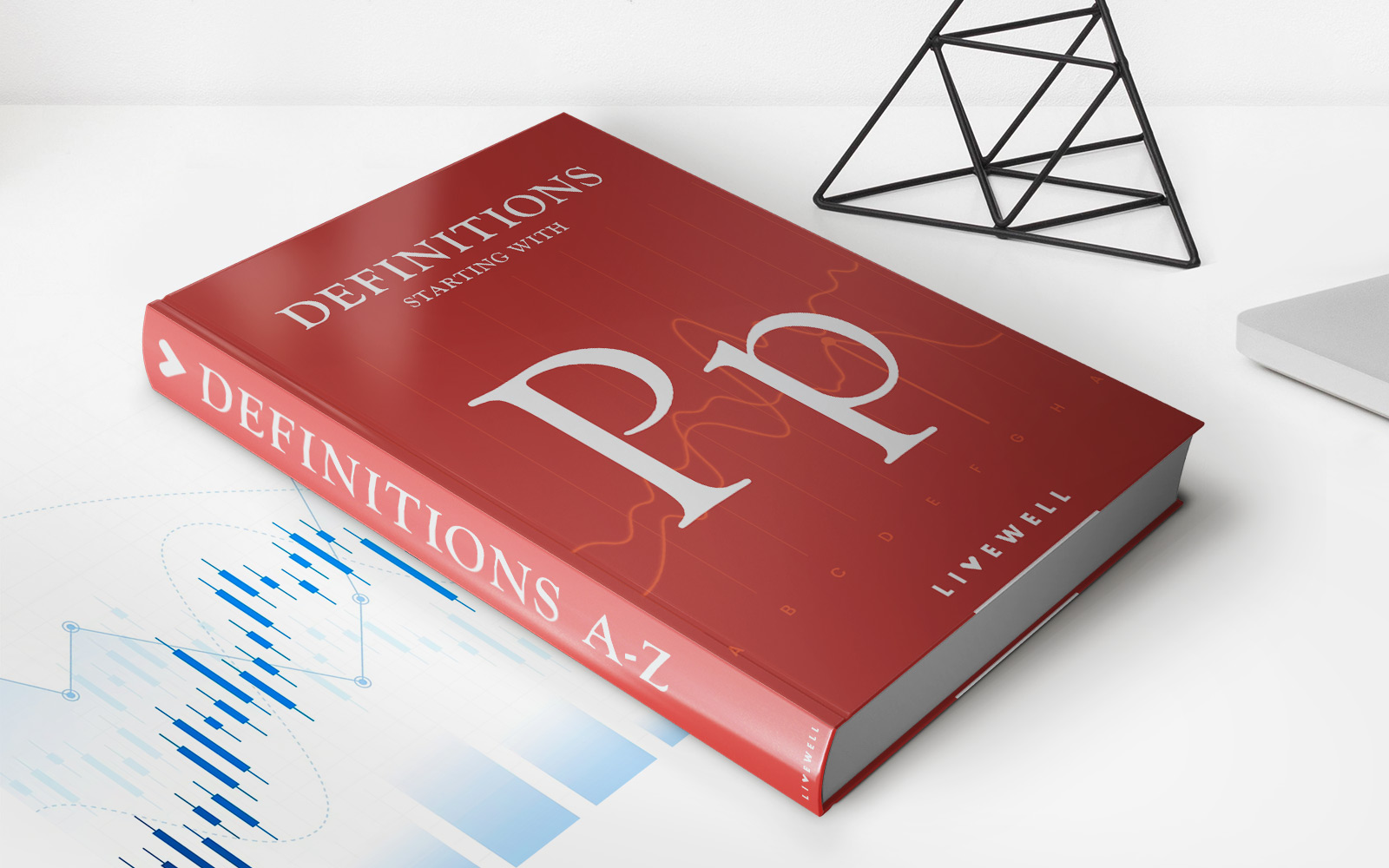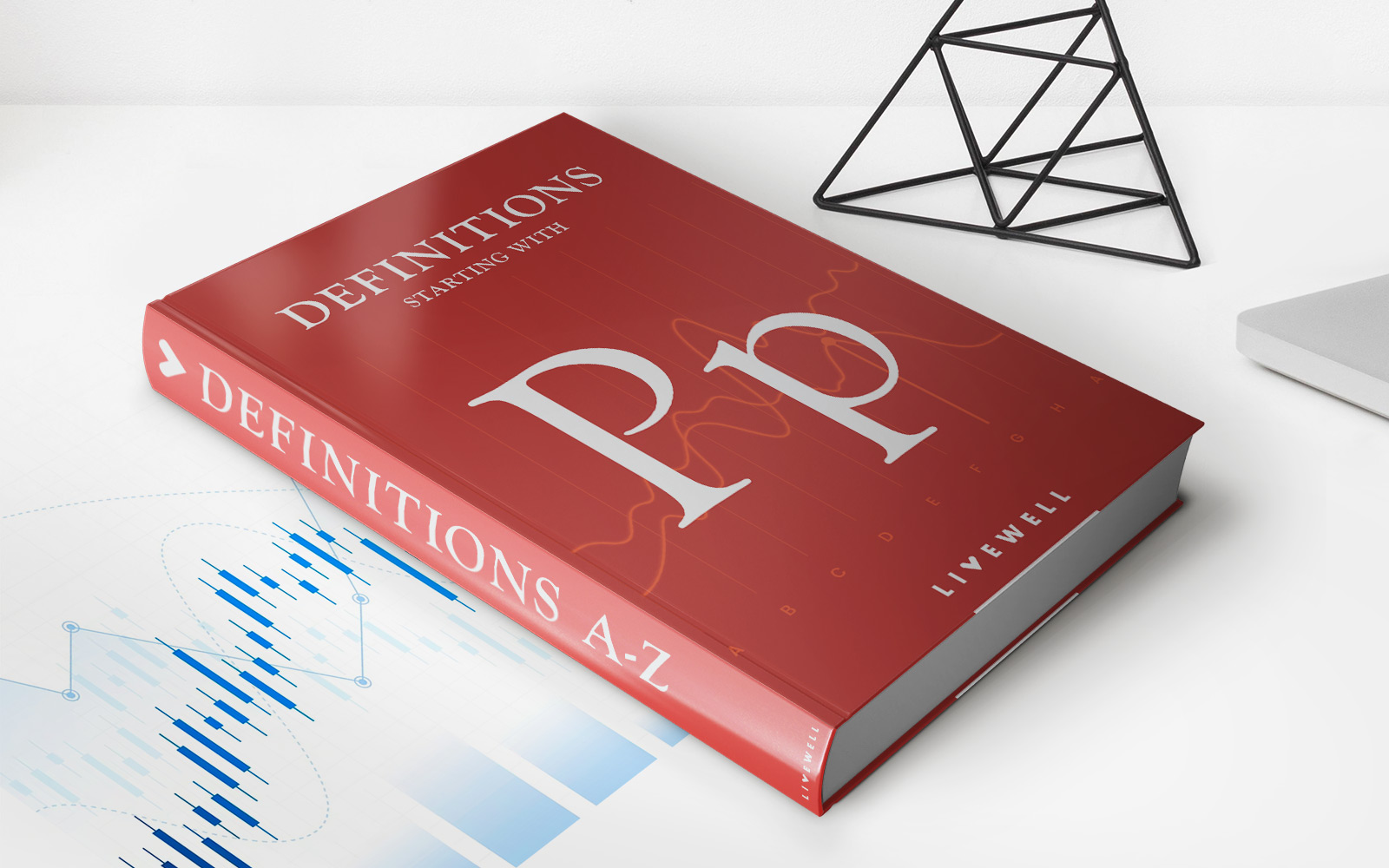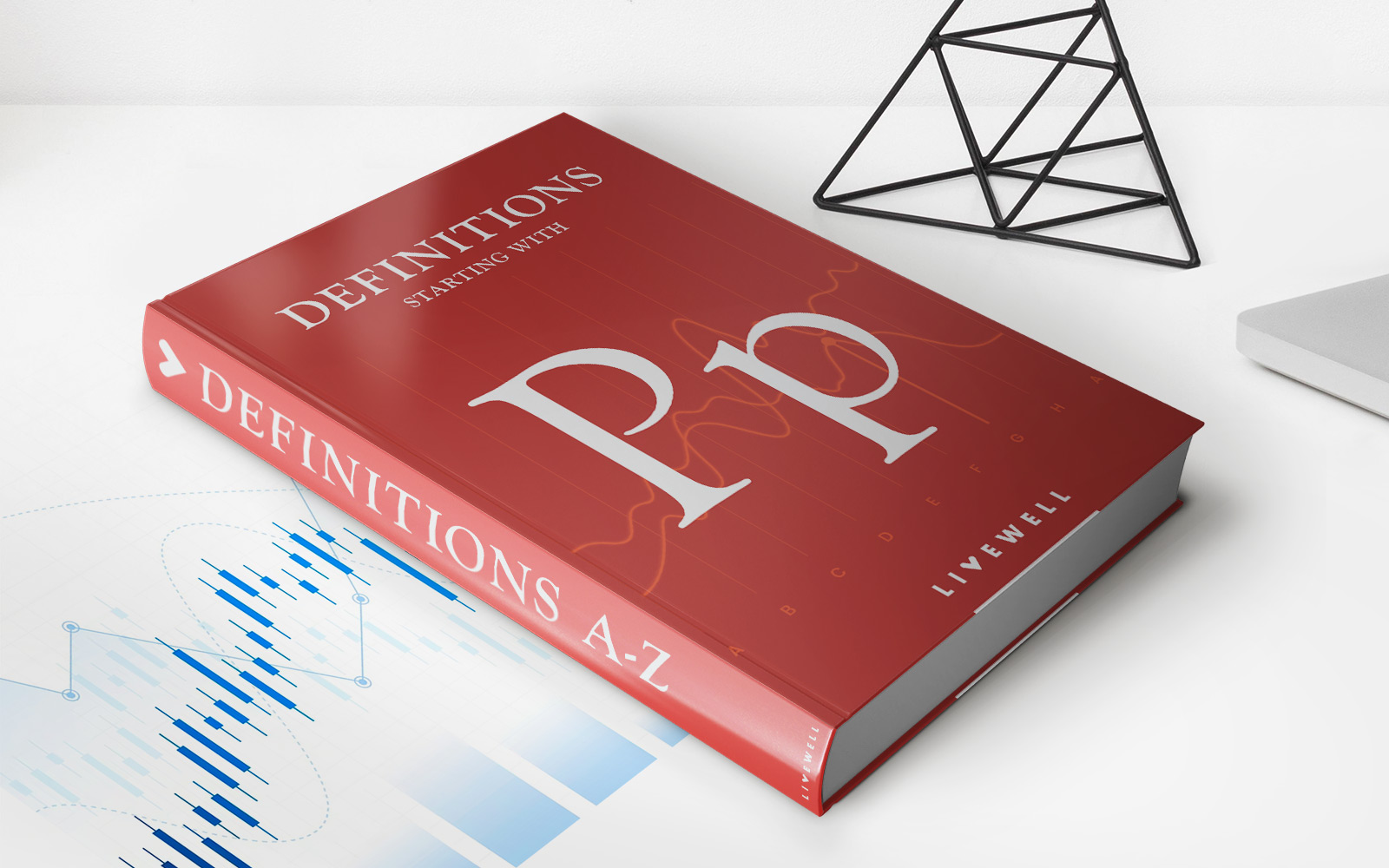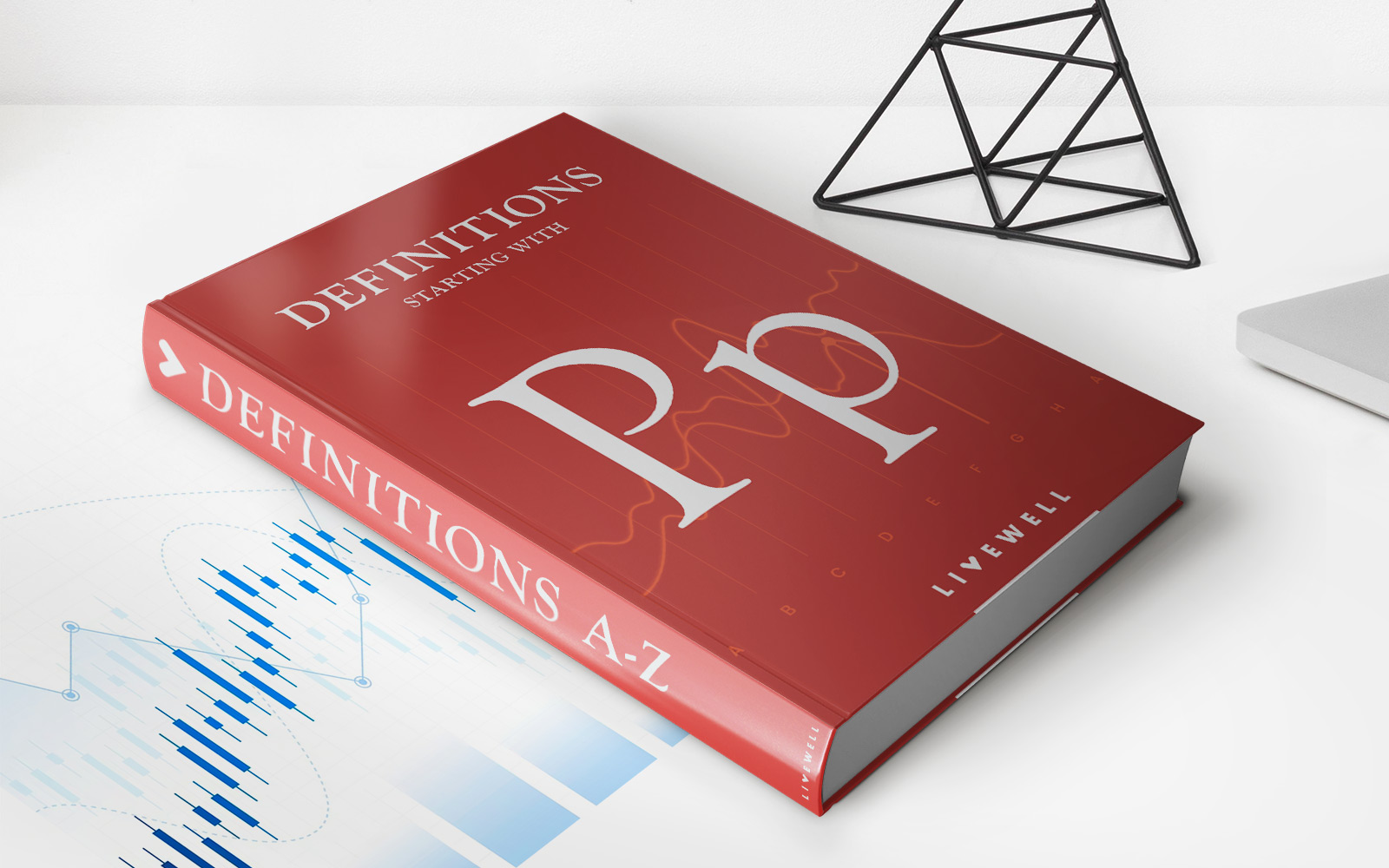Home>Finance>Percentage Price Oscillator (PPO): Definition And How It’s Used


Finance
Percentage Price Oscillator (PPO): Definition And How It’s Used
Published: January 7, 2024
Learn the definition and usage of the Percentage Price Oscillator (PPO) in finance. Discover how this powerful tool can enhance your investment strategies.
(Many of the links in this article redirect to a specific reviewed product. Your purchase of these products through affiliate links helps to generate commission for LiveWell, at no extra cost. Learn more)
Understanding the Percentage Price Oscillator (PPO) in Finance
If you’re interested in understanding technical analysis in the world of finance, you may have come across various indicators that can help you make informed investment decisions. One such indicator is the Percentage Price Oscillator, popularly known as PPO. In this blog post, we will delve into the definition of PPO, how it works, and how it can be used to analyze market trends and potential investment opportunities.
Key Takeaways:
- PPO is a technical analysis tool used to measure the momentum of a security or an index.
- It helps traders identify potential trend reversals and overbought or oversold conditions.
The Percentage Price Oscillator (PPO) is a powerful tool that can provide valuable insights into the price movements of securities or indexes. It is a variation of the more widely known Moving Average Convergence Divergence (MACD) indicator. The PPO measures the difference between two exponential moving averages (EMAs), expressed as a percentage of the longer EMA. This calculation helps to normalize the data and identify potential trends, momentum shifts, and possible trading signals.
So, how is the PPO used in practice? Here are a few ways traders can utilize this indicator:
- Identifying Potential Trend Reversals: When the PPO crosses above the zero line, it suggests that the short-term moving average has crossed above the long-term moving average, indicating a potential uptrend. Conversely, when the PPO crosses below the zero line, it may indicate a potential downtrend.
- Determining Overbought and Oversold Conditions: Traders can also use the PPO to identify overbought or oversold conditions. When the PPO rises to extreme levels, it suggests that the security or index may be overbought, and a reversal to the downside could be imminent. Conversely, when the PPO reaches extremely negative values, it indicates that the asset may be oversold, potentially signaling a reversal to the upside.
By utilizing the PPO as part of their technical analysis toolkit, traders can gain a deeper understanding of the market dynamics and make more informed investment decisions. However, it’s important to remember that no single indicator can predict market movements with 100% accuracy. Therefore, it’s always recommended to use the PPO in combination with other tools and indicators to confirm signals and reduce the risk of false signals.
In conclusion, the Percentage Price Oscillator (PPO) is a versatile technical analysis tool that helps traders identify potential trend reversals and overbought or oversold conditions. Its ability to measure the momentum of a security or index makes it a valuable addition to any trader’s arsenal. By utilizing the PPO in conjunction with other indicators and tools, investors can enhance their understanding of market trends and potentially increase their chances of making profitable trading decisions.



